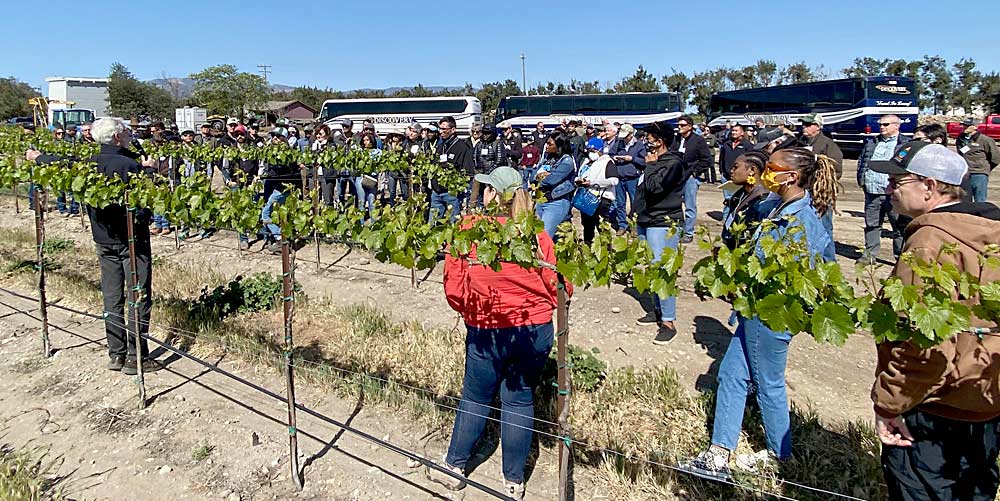
Editor’s note: The print edition of this story in the July 2022 issue incorrectly credited the photos to National Grape Research Alliance President Donnell Brown. The photographs were taken by Jenny Devine, an NGRA volunteer. Good Fruit Grower regrets the error.
Under crisp, windswept blue skies in April, 150 people boarded three buses for a daylong tour of precision viticulture applications in California’s Salinas Valley. Organized by the American Society for Enology and Viticulture (ASEV) and the National Grape Research Alliance (NGRA), the sold-out event — the ASEV-NGRA Precision Viticulture Demo Day — offered insight into what’s possible in precision grape-growing today and what’s just around the corner.
This demo day was the second part of what was originally intended to be a two-day conference — instead split into two separate events due to the COVID-19 pandemic. Both events were generously funded via a conference grant from the U.S. Department of Agriculture under the National Institute of Food and Agriculture’s Agriculture and Food Research Initiative. The first part was a day of conference proceedings, called the ASEV-NGRA Precision Viticulture Symposium, which unfolded via Zoom in June 2021, where 19 speakers discussed the principles and importance of this new way of farming.
Kickoff keynote speaker Rob Bramley, senior principal research scientist at CSIRO, Australia’s national science agency, is widely regarded as the father of precision viticulture and has been pioneering the concept since the late ’90s. The basic promise of precision ag, he explained, stems from the premise that land is variable, and there’s worth in understanding that variability and its limitations to production.
That is, by applying knowledge of vineyard variability (gleaned from sensors, decision support systems and other technologies), you can reduce inputs and/or direct them more effectively, create product streams or enable other product differentiation, improve your sustainability efforts and ensure that a shrinking labor pool can work smarter and more efficiently.
But as Rob and other speakers observed, the focus of precision viticulture has been on the development of technology (“solutions looking for problems,” as he described), and growers are rightfully reluctant to invest in or adopt things they don’t fully understand. As Alyssa Whitcraft of NASA Harvest said in her talk last June: “We need to build up our evidence base” for what works.
Hence, demo day was designed to show precision viticulture in action. Here’s what we learned and saw along the way:
—At Scheid Family Wines, an estate-driven winery in Monterey County: Craig Winn, director of viticulture and technology, and Jovany Cruz, innovation and technology manager, began the day focusing on data. Early in Scheid’s drive toward precision management, Craig explained, it quickly became apparent that data connectivity across vineyards was critical. Now, with that connectivity in place, Scheid uses in-field, real-time data from irrigation systems (Tule Technologies), sensors affixed to drones delivering beneficial insects for biocontrol (Biobest Group) and other technology solutions, all linked via a HeavyConnect data hub, in a model of precision viticulture principles.
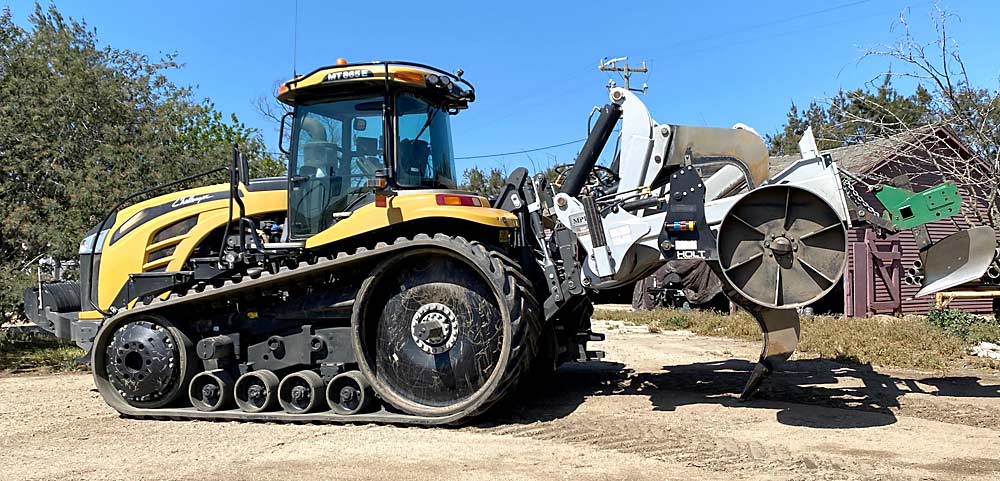
—At Monterey Pacific Inc., a vineyard management company serving 12,000 acres in the Central Coast region: President Steve McIntyre was joined by MPI viticulturists Doug Beck, Jeff Lehar and Daryl Salm to discuss and demo the tools they use. To assess soil composition, they use an organic carbon and electrical conductivity sensor from Veris, and to add amendments accordingly they use a proprietary MPI-built, GPS-guided winged ripper and compost injector. To deal, precisely, with weeds, they use the WEED-IT spot sprayer and spray for other pests and diseases with a GUSS (Global Unmanned Spray System) sprayer. Doug also discussed the benefits of biochar and showed samples of the “black gold.” Steve explained the unique planting MO for their high-wire mechanized vineyards, which centers around growing out vines in the nursery so they’re approaching their ultimate 50-inch height and ensuring the site has been suitably prepped for planting.
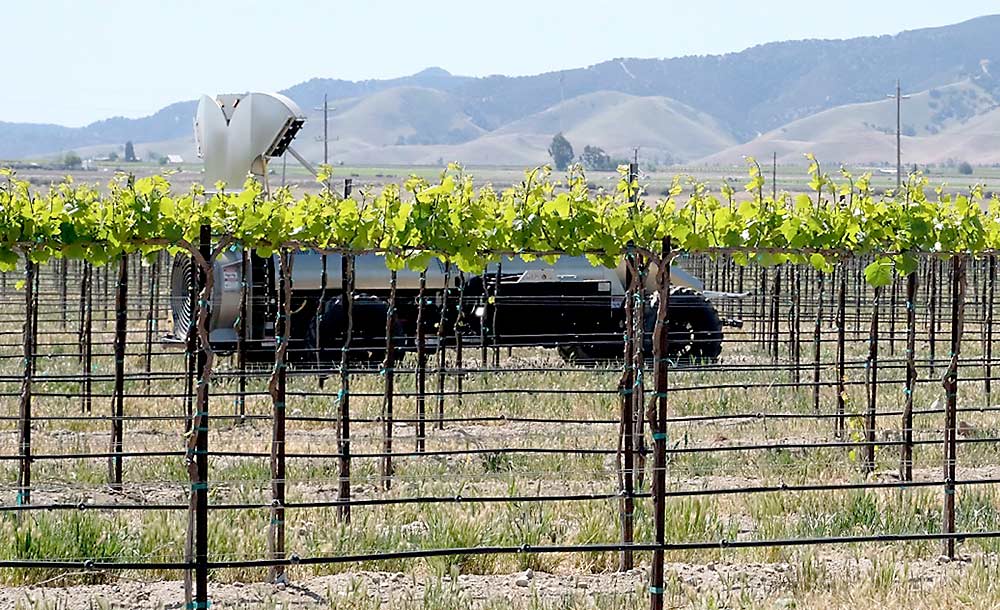
—At Valley Farm Management, a full-service vineyard management company serving wineries around Monterey County: Over lunch, President/CEO Jason Smith discussed how VFM applies the concepts of precision management to its operations, spanning the continuum “From Field to Workforce” (the title of his talk). This includes labor management and time-keeping apps, as well as payroll and supply systems. VFM also hosted three in-field demonstrations in a premium Chardonnay vineyard. The smart machines shown included an autonomous cart from Burro, self-driving/driver-assist grape harvester from New Holland and variable-rate sprayer from John Deere.
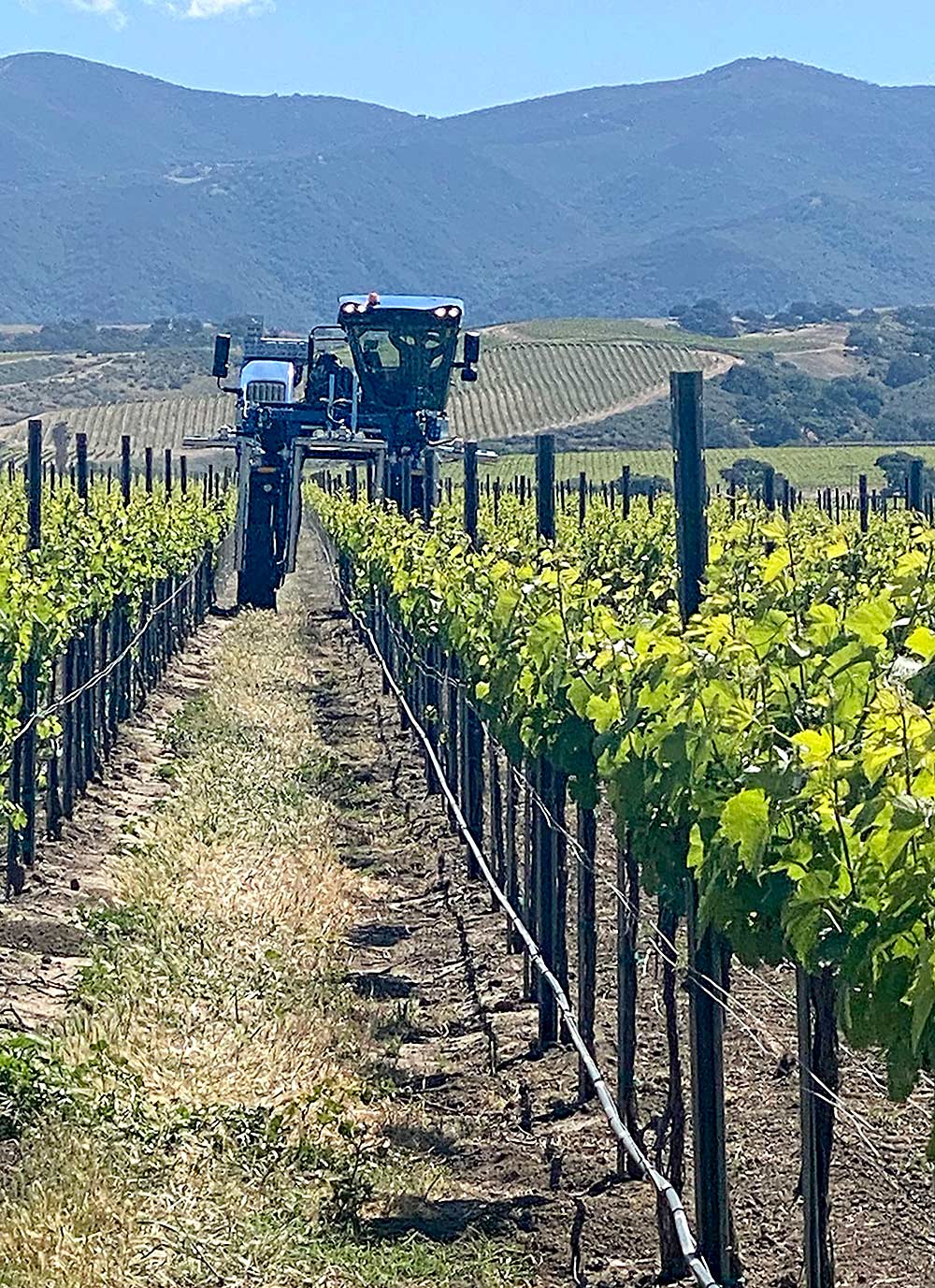
—At Tanimura & Antle, a large vegetable producer with a Salinas ranch: Precision, mechanized solutions are key to the company’s farming operations. At T&A headquarters, demo day attendees saw two AI-enabled mechanized implements from Stout Industrial Technology: the Stout Smart Cultivator and Smart Sprayer. Deployed in the specialty crops T&A grows (think lettuce and other leafy greens), they help reduce input costs for labor, sprays, etc. But the real magic is in the AI with which they can enable a precision program.
As Stout CEO Brent Shedd explained, the technology onboard can go beyond the simple green versus brown analysis most smart sprayers use to zap weeds. Instead, it can identify the weeds it sees, or diagnose disease or nutritional deficits, and deliver management recommendations. These tools aren’t yet available for grapes, but the promise of what’s possible (and a glass of wine from the participating producers) was the perfect way to end the day.
What’s the upshot of all we saw at the Precision Viticulture Demo Day? Progress.
As the closing symposium keynote speaker Nick Dokoozlian, vice president of winegrowing research at E. & J. Gallo Winery, shared last year, “prescriptive analytics,” or managing or controlling what happens in the field, is the future. We need to progress from managing vineyards in hindsight, he said, to moving proactively “beyond what Mother Nature gave us … to drive to the desired quality tier or yield.” As we saw at demo day, forward-thinking grape growers are driving the tools and technologies toward ever more prescriptive farming, with foresight and precision. •
—by Donnell Brown
Donnell Brown is the president of the National Grape Research Alliance. She can be reached at: dbrown@graperesearch.org.

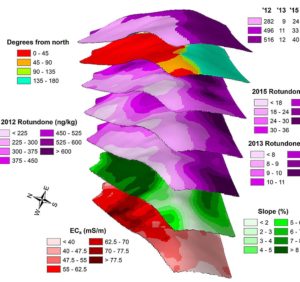
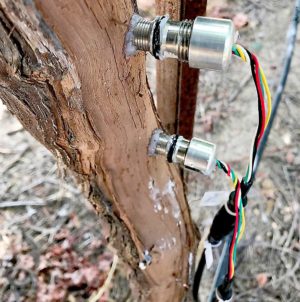
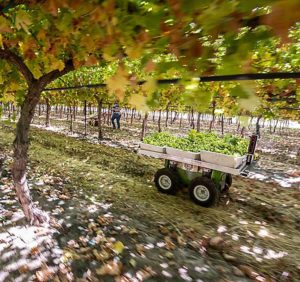





Leave A Comment